

SpaceX
SpaceX’s flawless Falcon Heavy Block 5 launch and landing in pictures
In the afterglow of SpaceX’s successful Falcon Heavy Block 5 debut, also the rocket’s first commercial mission, there is no better time to appreciate the countless dozens upon dozens of photos and videos taken of Falcon Heavy’s launch and back-to-back booster landings.
Teslarati photographers Tom Cross and Pauline Acalin were both on the ground with more than eight cameras split between them, many of which were able to capture some spectacular photos of the world’s largest rocket throughout its flawless commercial debut. Perhaps most notable are photos and videos from those with cameras (or job sites) near SpaceX’s Cape Canaveral Landing Zones 1 and 2, in some cases producing videos of the multiple sonic booms produced by Falcon Heavy’s side boosters during the transition from hypersonic to subsonic speeds.
Both Teslarati photographers produced some amazing photos over the course of setting up cameras to capture Falcon Heavy and observing its commercial launch debut from approximately 7 miles (11.3 km) away. This included distant shots of Falcon Heavy during all visible stages of flight, including liftoff, ascent, side booster separation, and both side booster landings.
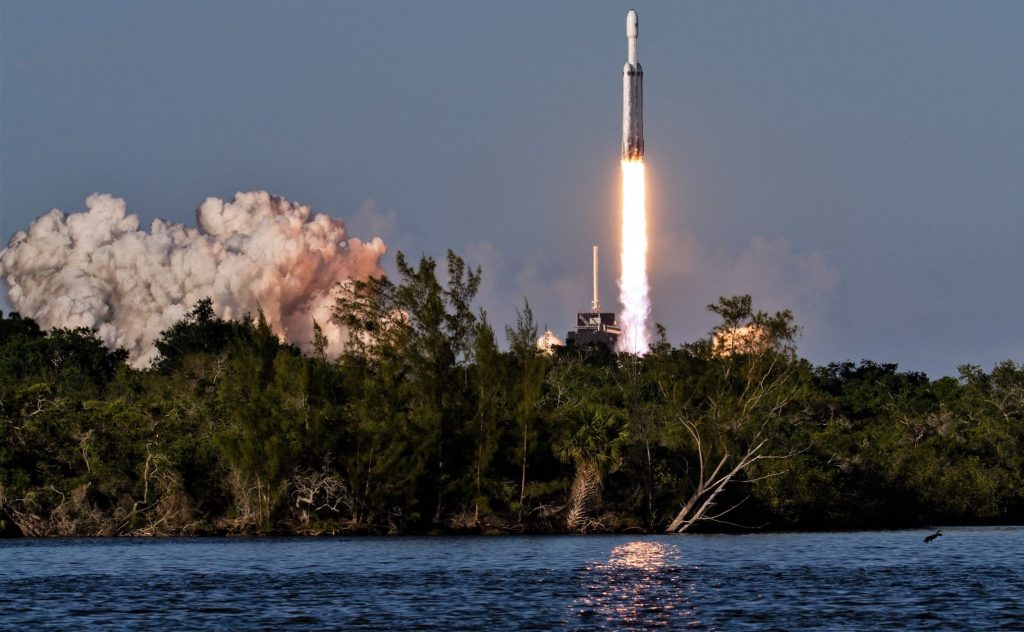

Inside the splash zone
SpaceX’s own official remote cameras then joined press photographers like Tom and Pauline to capture Falcon Heavy’s Pad 39A liftoff from a distance that would likely maim or kill a human standing in the same position. Triggered to snap photos by the actual sound of the rocket launching, these cameras can capture views that would otherwise be nearly inaccessible.
At liftoff, Falcon Heavy Block 5 likely produces anywhere from 5.1-5.6 million pounds of thrust (23,000-25,500 kN) that is immediately countered by a huge deluge of water used to prevent the sheer sound of its Merlin 1D engines from damaging themselves or other parts of the rocket. This ends up producing spectacular clouds of steam, often an iconic feature of most rocket launches. Falcon Heavy is currently the most powerful operational rocket in the world by a factor of ~2.5 and will hold on to that title until NASA’s SLS rocket debuts, likely no less than ~48 months away.
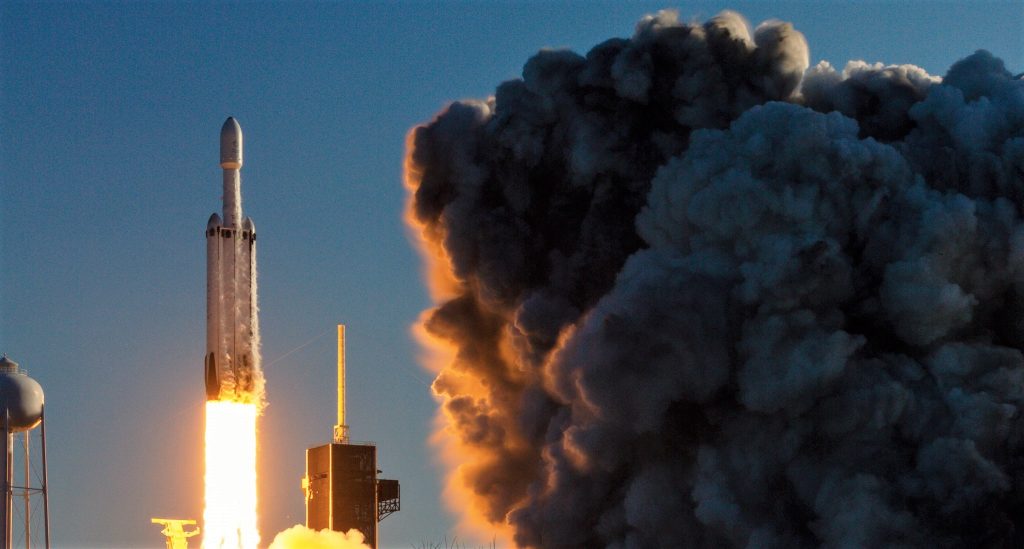
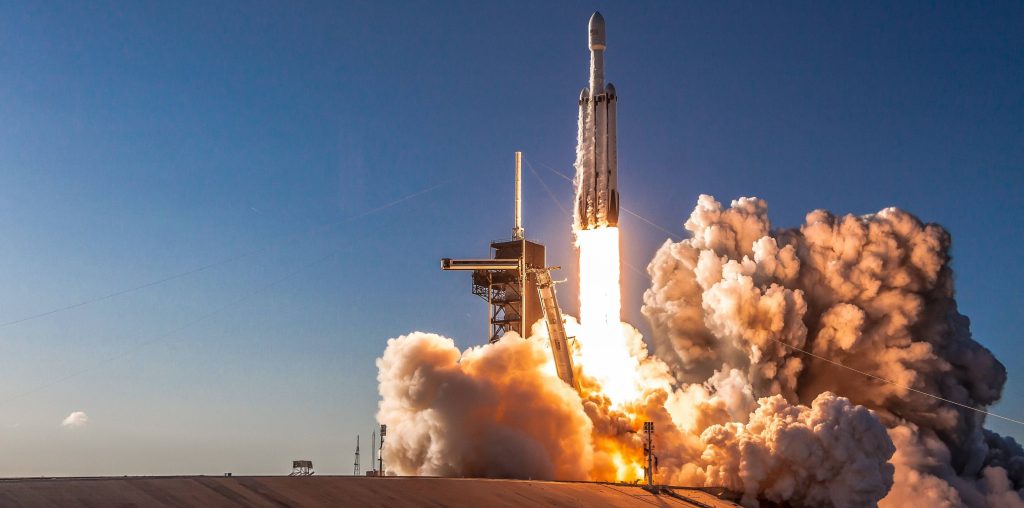
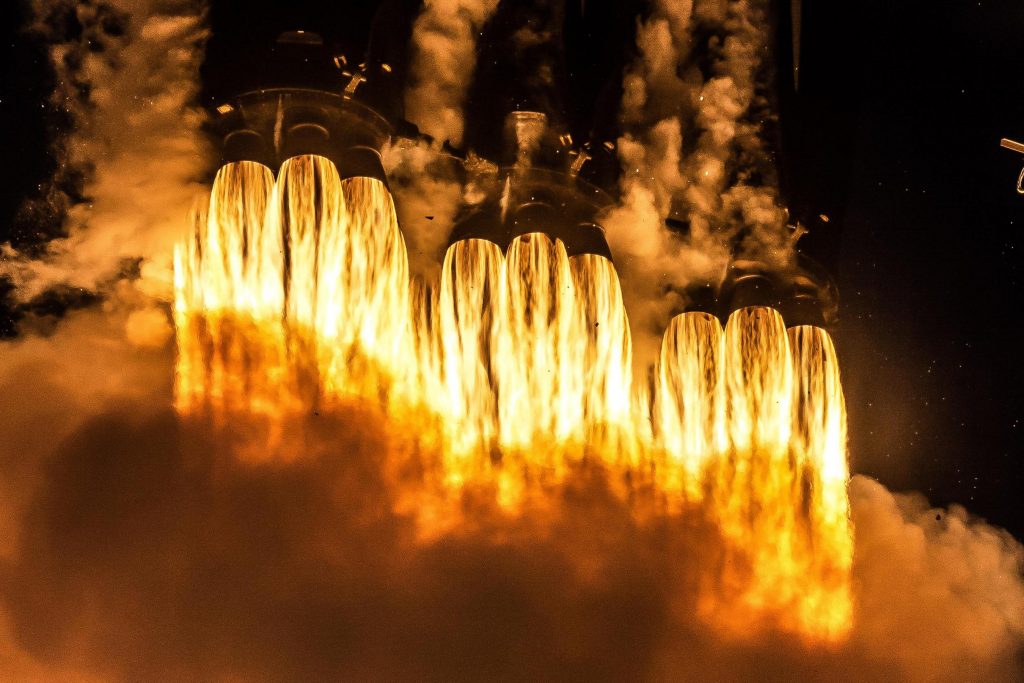
The grand finale
Finally, there are the photos and videos of Falcon Heavy’s side booster recovery. Aside from a select few photographers working for SpaceX or the Air Force, as well as Cape Canaveral AFS and Kennedy Space Center employees, the closest a member of the press can get to one of SpaceX’s Landing Zone Falcon recoveries is around four miles (6.4 km) away. Photos (and the aural experience) of Falcon landings from four miles away are still absolutely spectacular, but they can’t compete with the privileged access described above.
One such video taken by a United Launch Alliance (ULA) engineer offers an extraordinary up-close view of both Falcon Heavy Block 5 side boosters – B1052 and B1053 – safely returning to Earth after their first operational launches. Likely standing near the top of ULA’s LC-37 Delta IV launch pad integration facilities, Mr. Krishnan’s video does an excellent job
Located less than 3.5 miles (5.6 km) away from SpaceX’s Landing Zones, this is a perspective that very few humans will ever experience, owing to the fact Cape Canaveral Air Force Station is an operational military base and that being so close undeniably adds some level of risk for observers. In the author’s humble opinion, the view seems… worth it. LC-37 also happens to be just 5 miles (8 km) away from the LC-39A pad from which Falcon Heavy had just launched, thus offering an almost equally visceral view of liftoff, ascent, and landing.
Cameras placed near the Landing Zones by both SpaceX and USAF photographers captured even more spectacular views and marked the conclusion of the launch and landing debuts of Falcon Heavy boosters B1052 and B1053. These same boosters are tentatively scheduled to support Falcon Heavy’s third launch as soon as June 2019, potentially breaking SpaceX’s internal record for time to complete a given booster’s refurbishment (72 days for Falcon 9, 74 days for Block 5). However, once Falcon Heavy Flight 3 is completed sometime later this year, it’s possible that SpaceX will replace their nosecones with
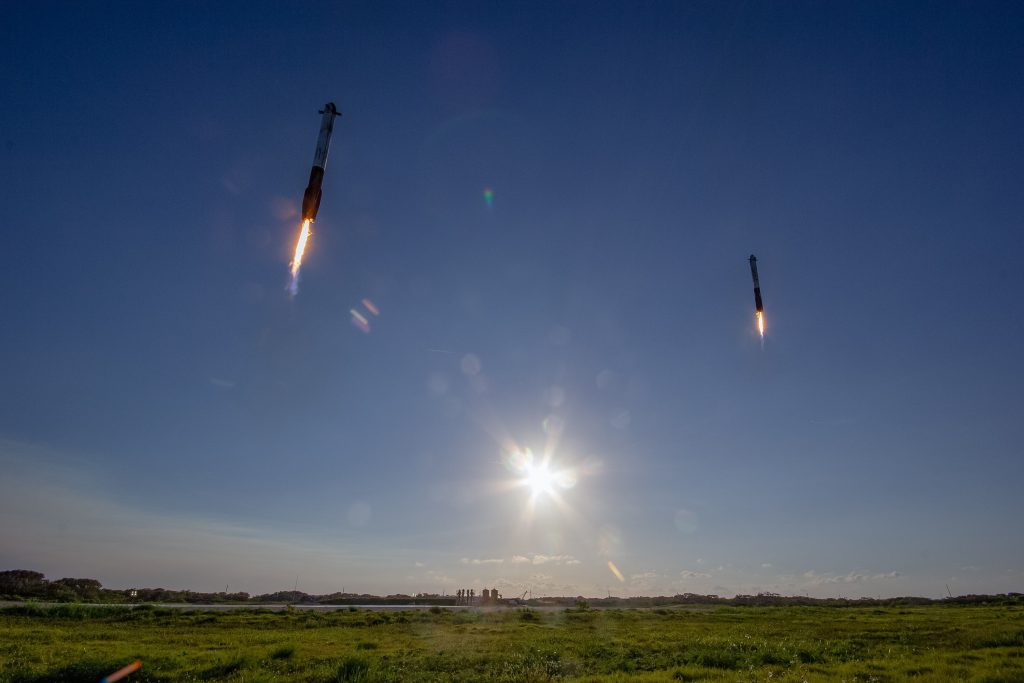
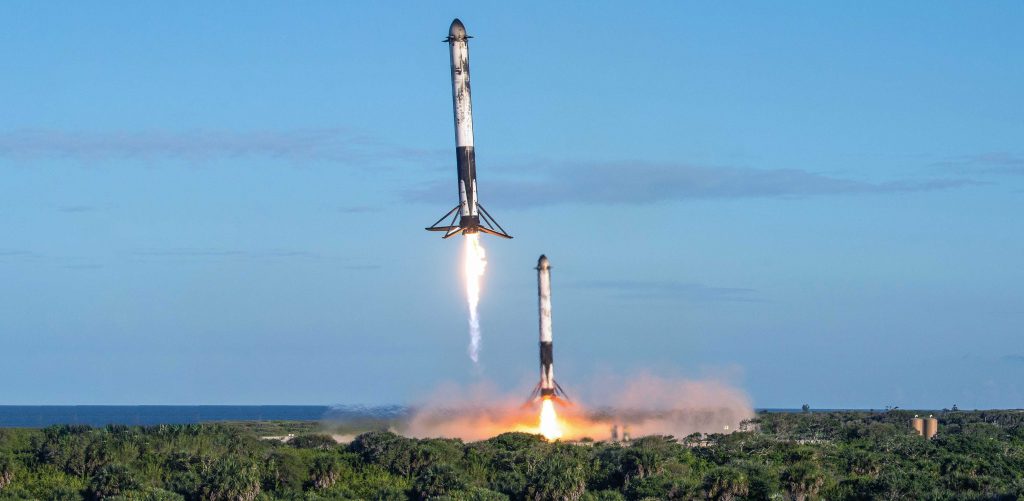
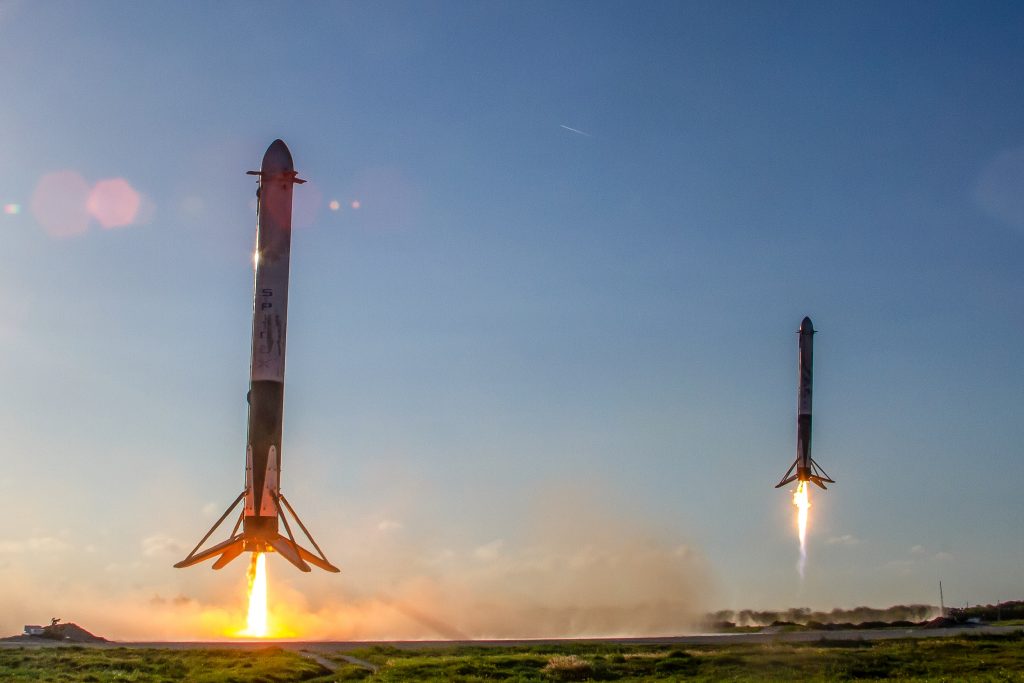
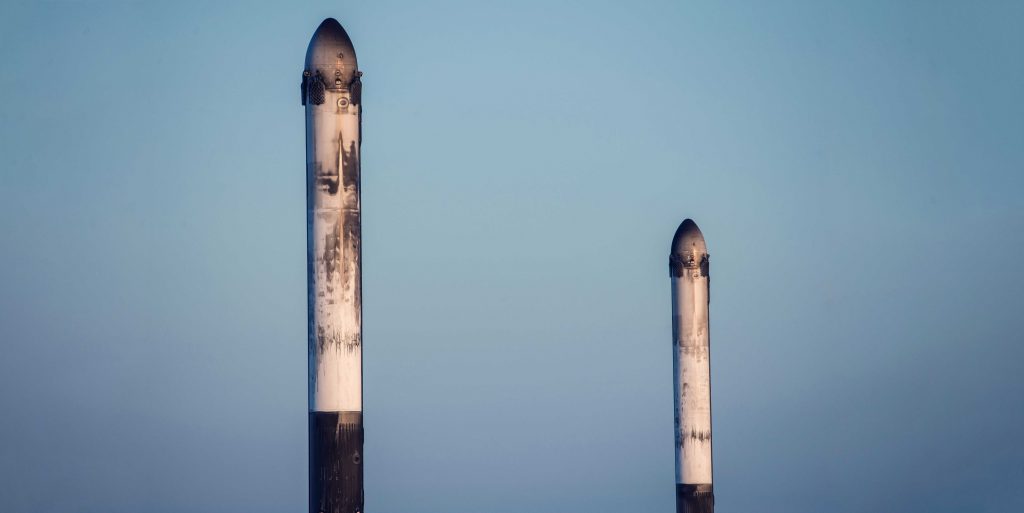
Check out Teslarati’s Marketplace! We offer Tesla accessories, including for the Tesla Cybertruck and Tesla Model 3.
News
SpaceX’s Crew-11 mission targets July 31 launch amid tight ISS schedule
The flight will lift off from Launch Complex 39A at Kennedy Space Center in Florida.

NASA and SpaceX are targeting July 31 for the launch of Crew-11, the next crewed mission to the International Space Station (ISS). The flight will lift off from Launch Complex 39A at Kennedy Space Center in Florida, using the Crew Dragon Endeavour and a Falcon 9 booster.
Crew Dragon Endeavour returns
Crew-11 will be the sixth flight for Endeavour, making it SpaceX’s most experienced crew vehicle to date. According to SpaceX’s director of Dragon mission management, Sarah Walker, Endeavour has already carried 18 astronauts representing eight countries since its first mission with NASA’s Bob Behnken and Doug Hurley in 2020, as noted in an MSN report.
“This Dragon spacecraft has successfully flown 18 crew members representing eight countries to space already, starting with (NASA astronauts) Bob (Behnken) and Doug (Hurley) in 2020, when it returned human spaceflight capabilities to the United States for the first time since the shuttle retired in July of 2011,” Walker said.
For this mission, Endeavour will debut SpaceX’s upgraded drogue 3.1 parachutes, designed to further enhance reentry safety. The parachutes are part of SpaceX’s ongoing improvements to its human-rated spacecraft, and Crew-11 will serve as their first operational test.
The Falcon 9 booster supporting this launch is core B1094, which has launched in two previous Starlink missions, as well as the private Ax-4 mission on June 25, as noted in a Space.com report.
The four-members of Crew-11 are NASA astronauts Zena Cardman and Mike Fincke, as well as Japan’s Kimiya Yui and Russia’s Oleg Platonov.
Tight launch timing
Crew-11 is slated to arrive at the ISS just as NASA coordinates a sequence of missions, including the departure of Crew-10 and the arrival of SpaceX’s CRS-33 mission. NASA’s Bill Spetch emphasized the need for careful planning amid limited launch resources, noting the importance of maintaining station altitude and resupply cadence.
“Providing multiple methods for us to maintain the station altitude is critically important as we continue to operate and get the most use out of our limited launch resources that we do have. We’re really looking forward to demonstrating that capability with (CRS-33) showing up after we get through the Crew-11 and Crew-10 handover,” Spetch stated.
News
SpaceX launches Ax-4 mission to the ISS with international crew
The SpaceX Falcon 9 launched Axiom’s Ax-4 mission to ISS. Ax-4 crew will conduct 60+ science experiments during a 14-day stay on the ISS.
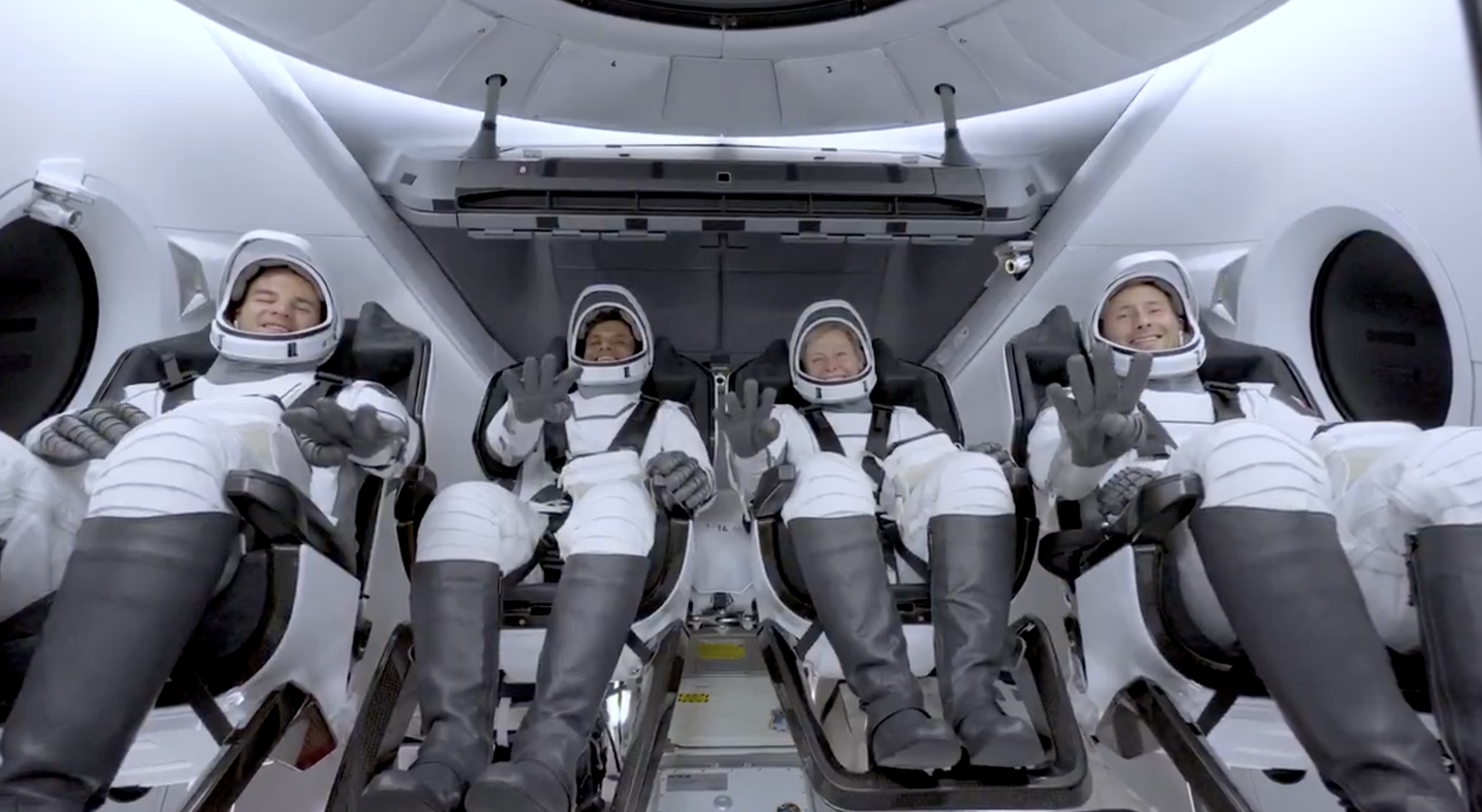
SpaceX launched the Falcon 9 rocket kickstarting Axiom Space’s Ax-4 mission to the International Space Station (ISS). Axiom’s Ax-4 mission is led by a historic international crew and lifted off from Kennedy Space Center’s Launch Complex 39A at 2:31 a.m. ET on June 25, 2025.
The Ax-4 crew is set to dock with the ISS around 7 a.m. ET on Thursday, June 26, 2025. Axiom Space, a Houston-based commercial space company, coordinated the mission with SpaceX for transportation and NASA for ISS access, with support from the European Space Agency and the astronauts’ governments.
The Ax-4 mission marks a milestone in global space collaboration. The Ax-4 crew, commanded by U.S. astronaut Peggy Whitson, includes Shubhanshu Shukla from India as the pilot, alongside mission specialists Sławosz Uznański-Wiśniewski from Poland and Tibor Kapu from Hungary.
“The trip marks the return to human spaceflight for those countries — their first government-sponsored flights in more than 40 years,” Axiom noted.
Shukla’s participation aligns with India’s Gaganyaan program planned for 2027. He is the first Indian astronaut to visit the ISS since Rakesh Sharma in 1984.
Axiom’s Ax-4 mission marks SpaceX’s 18th human spaceflight. The mission employs a Crew Dragon capsule atop a Falcon 9 rocket, designed with a launch escape system and “two-fault tolerant” for enhanced safety. The Axiom mission faced a few delays due to weather, a Falcon 9 leak, and an ISS Zvezda module leak investigation by NASA and Roscosmos before the recent successful launch.
As the crew prepares to execute its scientific objectives, SpaceX’s Ax-4 mission paves the way for a new era of inclusive space research, inspiring future generations and solidifying collaborative ties in the cosmos. During the Ax-4 crew’s 14-day stay in the ISS, the astronauts will conduct nearly 60 experiments.
“We’ll be conducting research that spans biology, material, and physical sciences as well as technology demonstrations,” said Whitson. “We’ll also be engaging with students around the world, sharing our experience and inspiring the next generation of explorers.”
SpaceX’s Ax-4 mission highlights Axiom’s role in advancing commercial spaceflight and fostering international partnerships. The mission strengthens global space exploration efforts by enabling historic spaceflight returns for India, Poland, and Hungary.
News
Starlink Cellular’s T-Mobile service to grow with third-party app data
From Oct 2025, T-Satellite will enable third-party apps in dead zones! WhatsApp, X, AccuWeather + more coming soon.
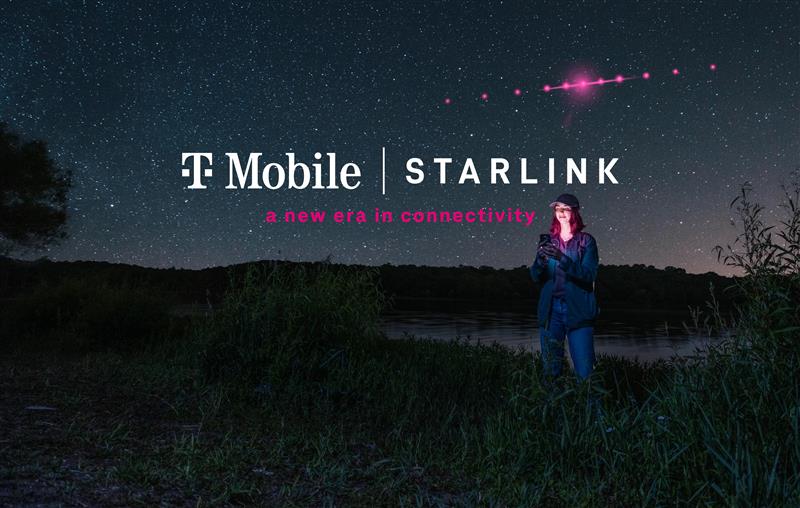
Starlink Cellular’s T-Mobile service will expand with third-party app data support starting in October, enhancing connectivity in cellular dead zones.
T-Mobile’s T-Satellite, supported by Starlink, launches officially on July 23. Following its launch, T-Mobile’s Starlink Cellular service will enable data access for third-party apps like WhatsApp, X, Google, Apple, AccuWeather, and AllTrails on October 1, 2025.
T-Mobile’s Starlink Cellular is currently in free beta. T-Satellite will add MMS support for Android phones on July 23, with iPhone support to follow. MMS support allows users to send images and audio clips alongside texts. By October, T-Mobile will extend emergency texting to all mobile users with compatible phones, beyond just T-Mobile customers, building on its existing 911 texting capability. The carrier also provides developer tools to help app makers integrate their software with T-Satellite’s data service, with plans to grow the supported app list.
T-Mobile announced these updates during an event celebrating an Ookla award naming it the best U.S. phone network, a remarkable turnaround from its last-place ranking a decade ago.
“We not only dream about going from worst to best, we actually do it. We’re a good two years ahead of Verizon and AT&T, and I believe that lead is going to grow,” said T-Mobile’s Chief Operating Officer Srini Gopalan.
T-Mobile unveiled two promotions for its Starlink Cellular services to attract new subscribers. A free DoorDash DashPass membership, valued at $10/month, will be included with popular plans like Experience Beyond and Experience More, offering reduced delivery and service fees. Meanwhile, the Easy Upgrade promotion targets Verizon customers by paying off their phone balances and providing flagship devices like the iPhone 16, Galaxy S25, or Pixel 9.
T-Mobile’s collaboration with SpaceX’s Starlink Cellular leverages orbiting satellites to deliver connectivity where traditional networks fail, particularly in remote areas. Supporting third-party apps underscores T-Mobile’s commitment to enhancing user experiences through innovative partnerships. As T-Satellite’s capabilities grow, including broader app integration and emergency access, T-Mobile is poised to strengthen its lead in the U.S. wireless market.
By combining Starlink’s satellite technology with strategic promotions, T-Mobile is redefining mobile connectivity. The upcoming third-party app data support and official T-Satellite launch mark a significant step toward seamless communication, positioning T-Mobile as a trailblazer in next-generation wireless services.
-

 Elon Musk2 weeks ago
Elon Musk2 weeks agoTesla investors will be shocked by Jim Cramer’s latest assessment
-

 News2 days ago
News2 days agoTesla debuts hands-free Grok AI with update 2025.26: What you need to know
-

 Elon Musk4 days ago
Elon Musk4 days agoxAI launches Grok 4 with new $300/month SuperGrok Heavy subscription
-

 Elon Musk6 days ago
Elon Musk6 days agoElon Musk confirms Grok 4 launch on July 9 with livestream event
-

 News1 week ago
News1 week agoTesla Model 3 ranks as the safest new car in Europe for 2025, per Euro NCAP tests
-

 Elon Musk2 weeks ago
Elon Musk2 weeks agoxAI’s Memphis data center receives air permit despite community criticism
-

 News4 days ago
News4 days agoTesla begins Robotaxi certification push in Arizona: report
-

 Elon Musk2 weeks ago
Elon Musk2 weeks agoTesla scrambles after Musk sidekick exit, CEO takes over sales



















